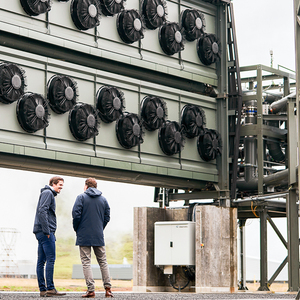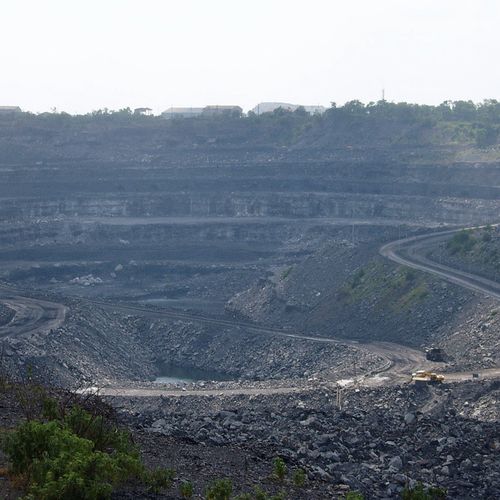
From the start of the COVID-19 pandemic, public health officials urged us to “flatten the curve,” to wear masks and observe social distancing to slow the rate of infection. Spreading out cases over time prevented healthcare resources from being overwhelmed and thereby improved survival rates. With a flatter, longer curve, the cumulative number of infections may have ultimately ended up the same, but the peak number of active cases—and thus the total number of deaths—was likely reduced. Although the pandemic is far from over, early efforts to flatten the curve saved lives and bought critical time to develop therapies and vaccines.
Several authors have commented on the parallels between the pandemic and climate change, noting that the buildup of greenhouse gases in the atmosphere—and the corresponding increase in global temperatures—is another curve that desperately needs flattening. The comparison is apt: in both cases, science-based policy and decisive collective action are keys to averting disaster. There’s another, more subtle lesson in efforts to flatten the pandemic curve: It’s not just the endpoint of a trajectory that matters; the path we take to get there plays a key role in shaping outcomes.
The endpoint for many climate projections is the year 2100. The amount of warming the Earth experiences by that time will be determined, in large part, by our success in curbing carbon dioxide (CO2) emissions. On a per-kilo basis, CO2 is a fairly weak greenhouse gas. But it is emitted in huge quantities by human activities, primarily the burning of fossil fuels. Since the start of the Industrial Revolution, atmospheric concentrations of CO2 have increased from less than 280 parts per million (ppm) to more than 415 ppm. During that same period, global temperatures have increased by about 1.0°C; of this, a little more…
Weekly Newsletter
Get building science and energy efficiency advice, plus special offers, in your inbox.

This article is only available to GBA Prime Members
Sign up for a free trial and get instant access to this article as well as GBA’s complete library of premium articles and construction details.
Start Free TrialAlready a member? Log in















3 Comments
Conservation of energy is and always has been the right thing to do. We have an added incentive with climate change showing itself in many ways. We as individuals must do what we can to lower our personal global impact, putting out recycling every week is not enough.
Great article !!
Thanks for another excellent article. It pulled together a good set of relevant information.
When I saw the cover photo, I thought it was going to be a discussion of the CO2 emissions of that white van... Fortunately we are starting to see electric options to replace that.
Thanks, Charlie. There is definitely some interesting stuff happening with electric work vehicles. I think the electric F-150 announced a couple weeks ago is going to open up a huge market segment.
Log in or become a member to post a comment.
Sign up Log in